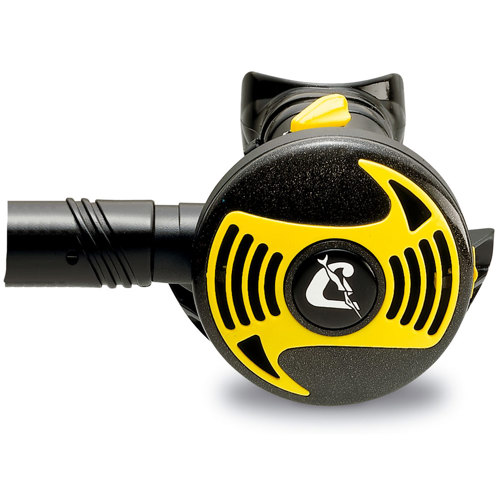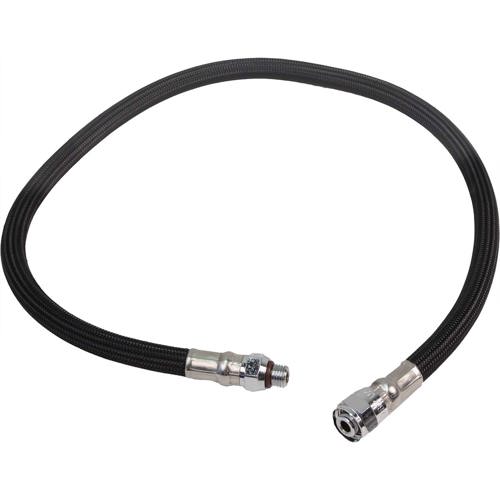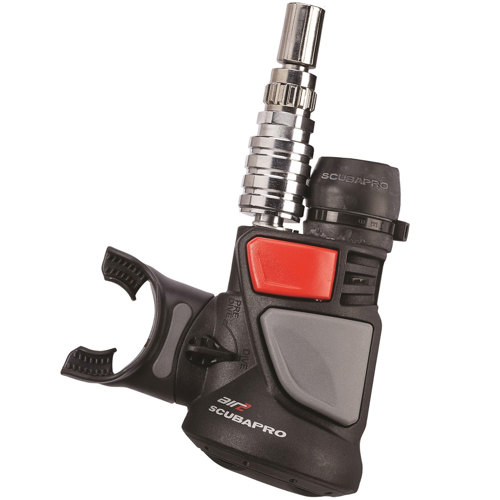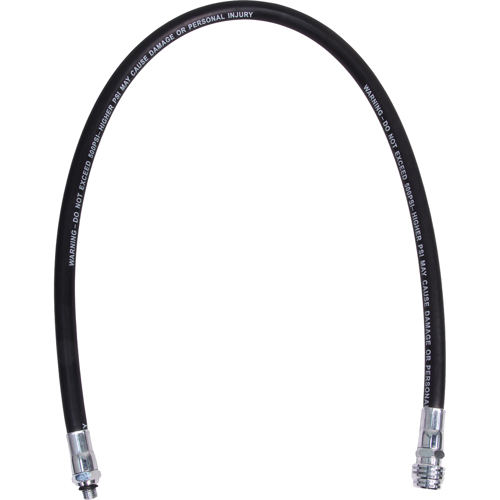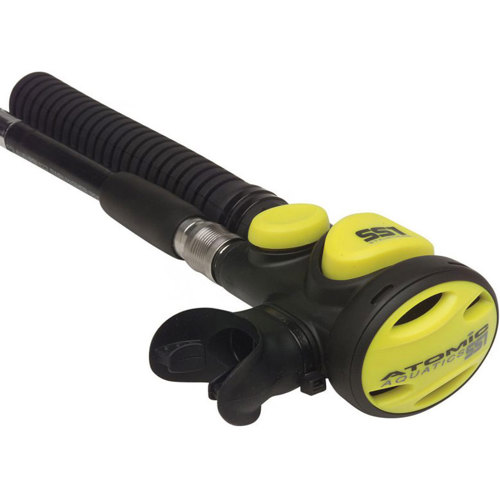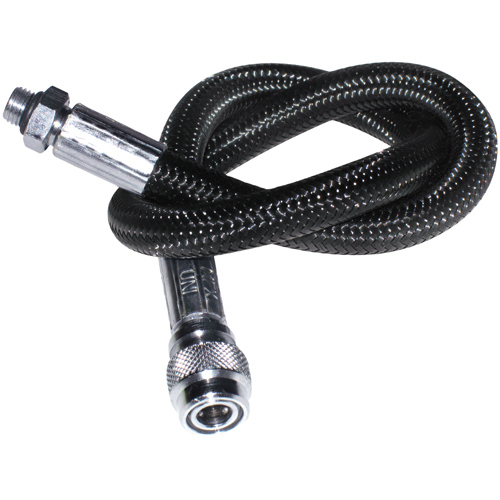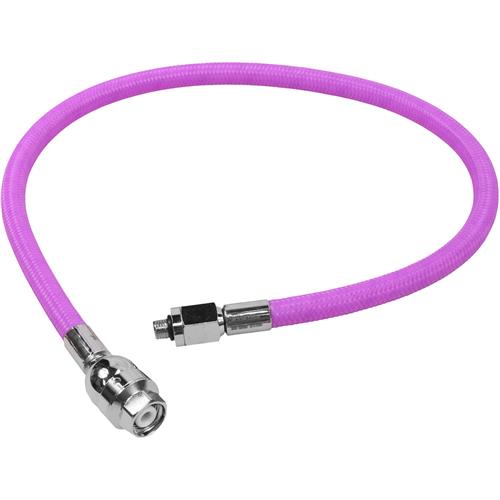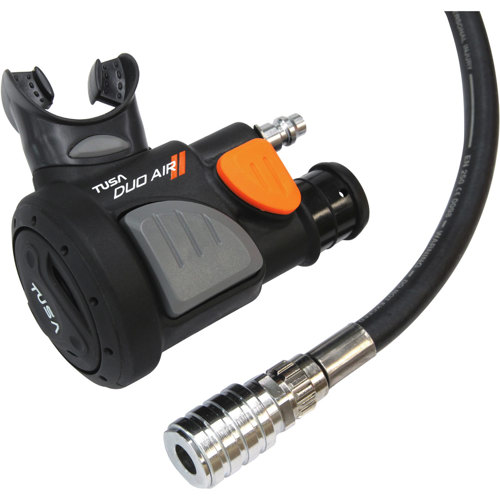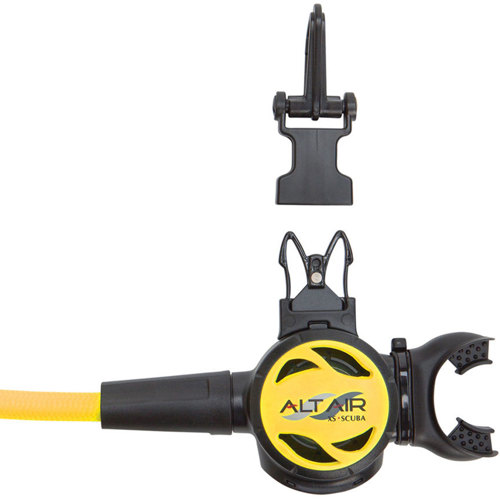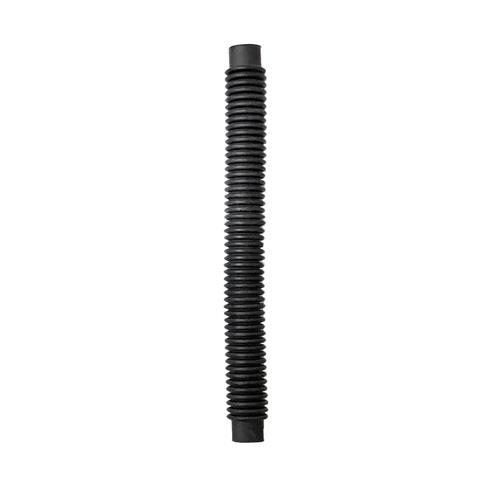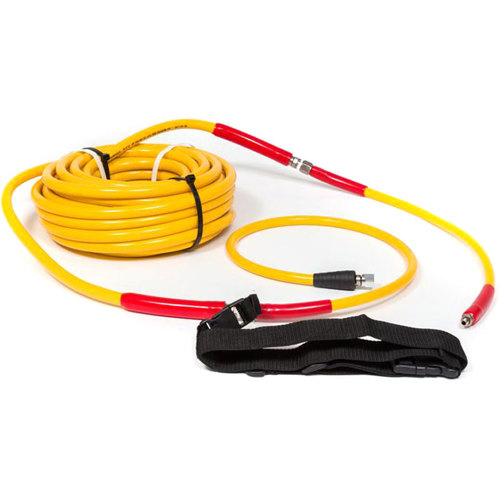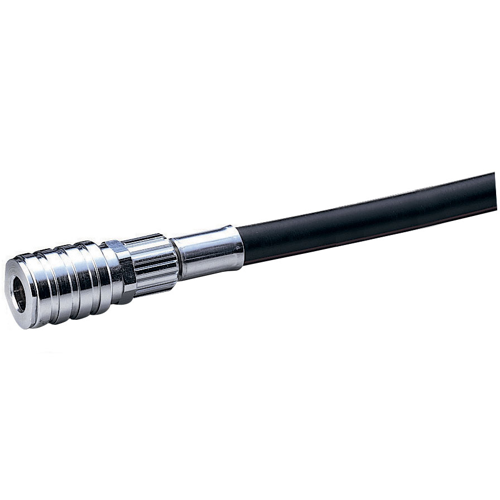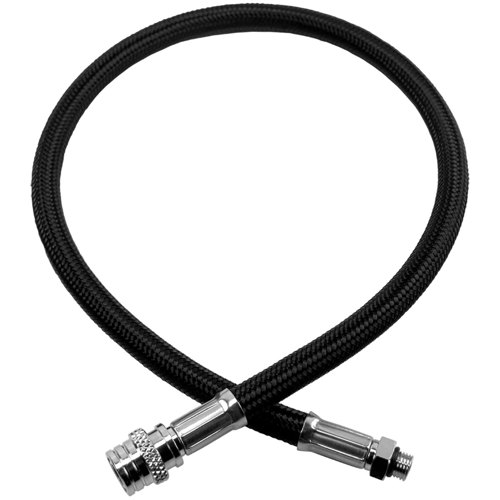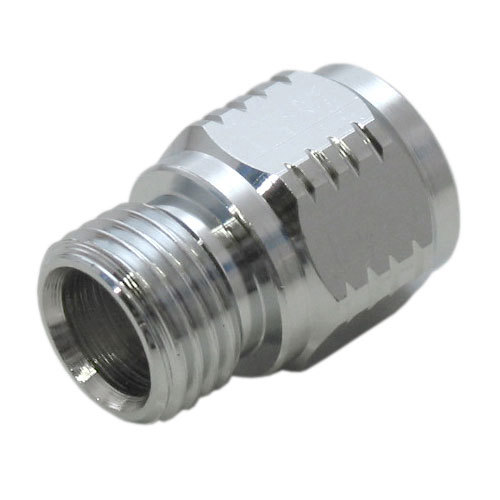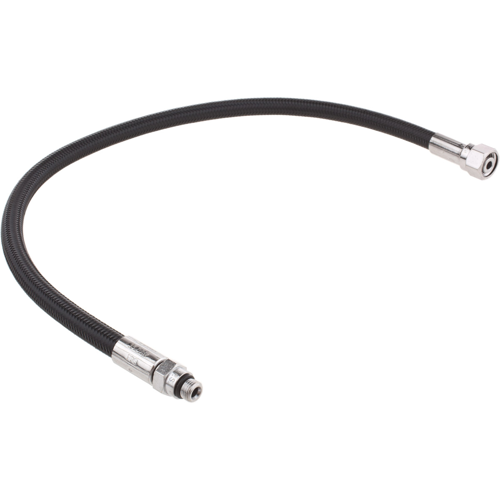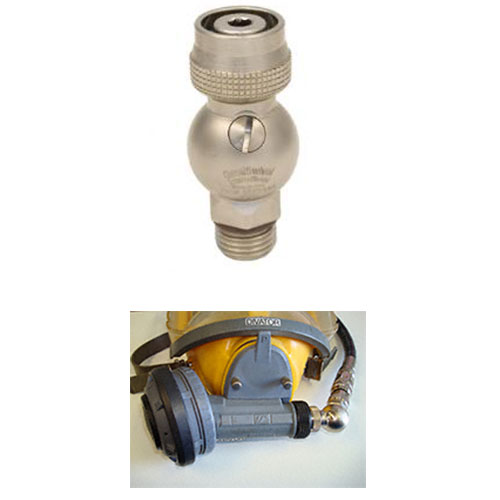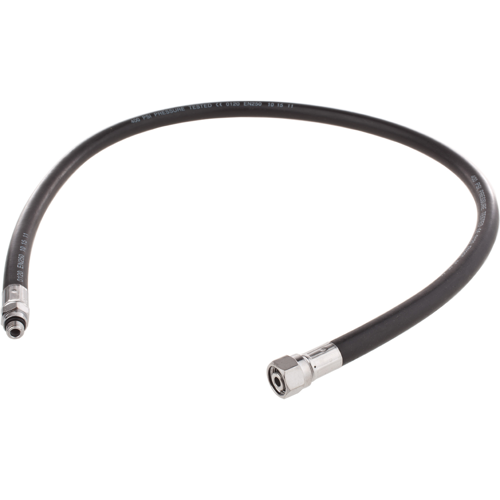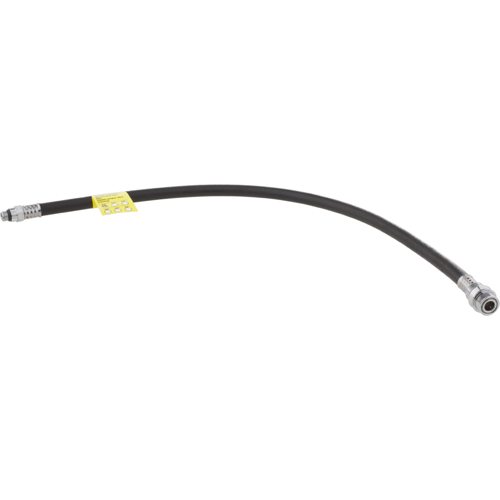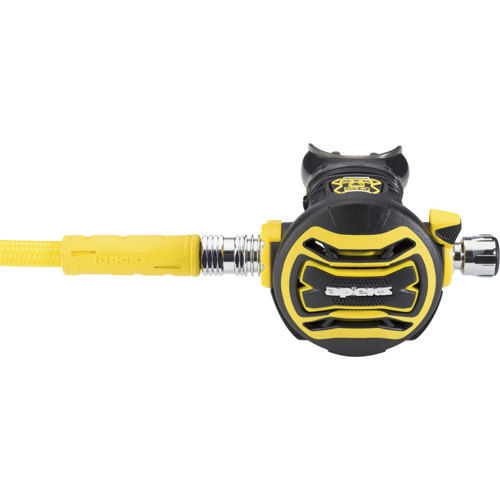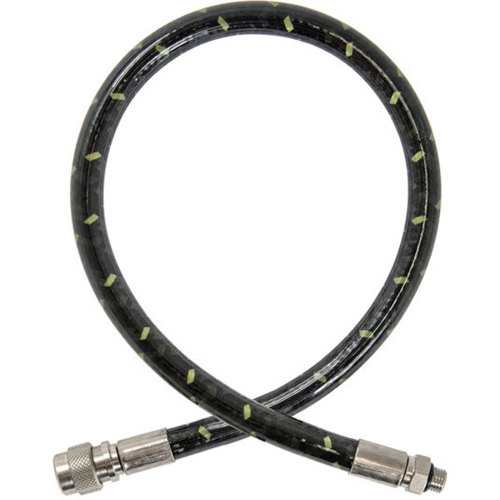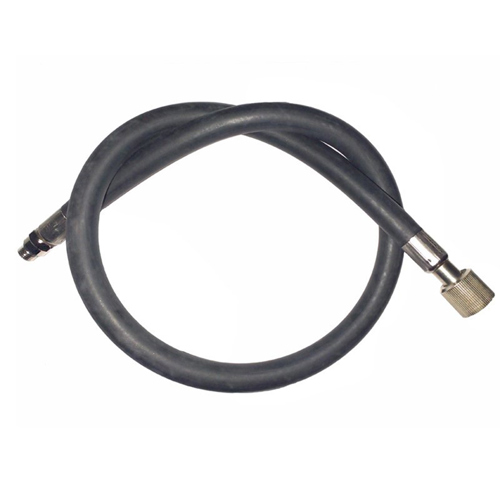Alternate Air Source Hoses
An alternate air source hose is a vital component in any diver’s kit, providing a crucial lifeline in the event of an out-of-air emergency. These hoses are intentionally designed longer than primary regulator hoses—often extending 36 inches or more—to ensure that air sharing with a dive buddy is both comfortable and safe. The extra length allows divers to maintain a manageable distance from each other, reducing stress and confusion during high-pressure situations. Most alternate air source hoses are made in a highly visible yellow, making them easy to spot at a glance, even in low-visibility conditions or when adrenaline is running high. This color coding, paired with a dedicated second-stage regulator (commonly referred to as an “octopus”), helps ensure that both experienced and new divers can quickly identify and deploy the alternate air source when seconds count. As autumn approaches and dive conditions shift, it’s especially important to have equipment that stands out in changing underwater light and increased particulate matter, which can reduce visibility.
When selecting an alternate air source hose, divers should consider not just the length, but also flexibility, durability, and compatibility with their existing setup. The right hose should allow for smooth, snag-free routing—whether it’s tucked under the arm or clipped to a buoyancy compensator device (BCD)—to minimize drag and the risk of entanglement with kelp, coral, or other gear. Many divers find that a streamlined configuration improves both comfort and hydrodynamics, especially on longer autumn dives when thicker wetsuits and gloves can make gear management more cumbersome. It’s also wise to match the alternate air source with a regulator from the same manufacturer, as this ensures optimal performance and reliability, particularly when dealing with first and second stage compatibility. For those who prefer a minimalist approach, integrated alternate air sources that combine with the BCD inflator offer a tidy solution, eliminating the need for a separate hose while still providing immediate access in an emergency. Regardless of the configuration, regular practice with alternate air source deployment is essential; muscle memory built during training can make all the difference in a real-world scenario.
Alternate air source hoses make thoughtful, practical gifts for divers at any experience level, from newly certified open water enthusiasts to seasoned technical divers preparing for more challenging environments. Gifting a high-quality alternate air source hose is more than just giving equipment—it’s providing peace of mind and an extra layer of safety for every dive. As dive buddies and instructors will attest, the confidence that comes from knowing your backup air is accessible and reliable allows for a more relaxed, enjoyable dive experience. For those looking to further enhance their setup, secure storage and quick access are key; consider pairing your hose with specialized holders designed to keep the alternate air source in place yet instantly reachable. Explore options for
Alternate Air Source Holders to ensure your gear remains organized and ready for action. Whether preparing for a local autumn dive or planning a winter getaway to warmer waters, investing in a dependable alternate air source hose is a step every diver can take to prioritize safety, comfort, and peace of mind underwater.
Top Picks For Alternate Air Source Hoses

